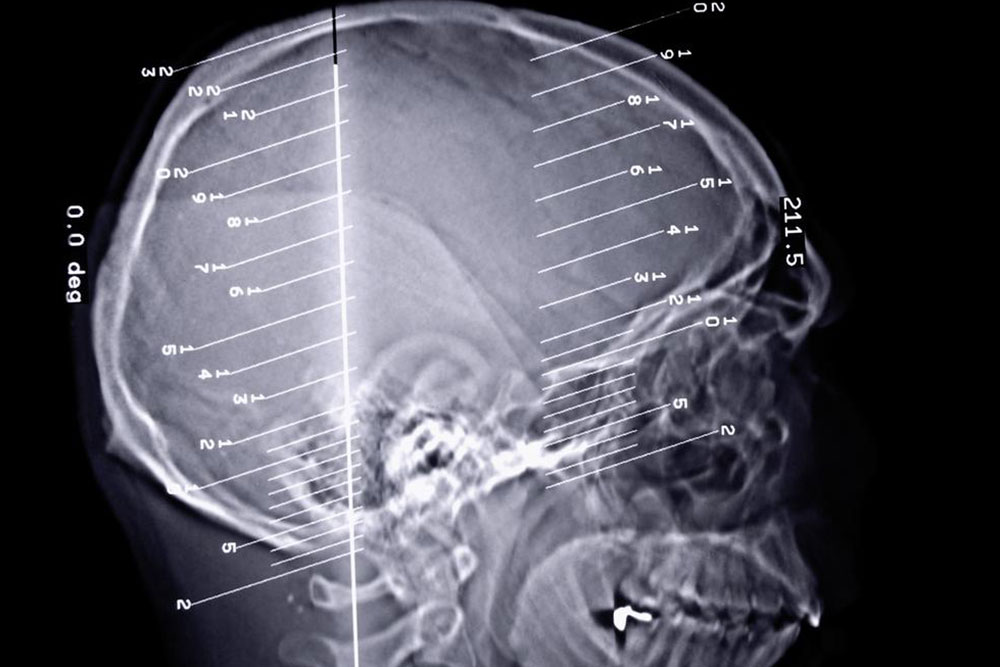Understanding Different Types of Cat Litter and Their Impact on Human Health
This article explores different types of cat litter, highlighting their composition and potential health impacts on humans. It emphasizes safe handling practices and the importance of cleaning hygiene to prevent health issues related to litter exposure. Suitable for pet owners concerned about health risks and local environment safety.

Understanding Different Types of Cat Litter and Their Impact on Human Health
Owning a cat requires managing waste effectively, often through the use of cat litter. Pet owners prefer litter boxes because they make cleaning easier and keep the environment hygienic. Cats are typically trained to use litter boxes, which should be cleaned at least twice daily to prevent germs. But what health risks might come from handling cat litter? Let’s explore the potential effects and safety measures needed.
While simply having a litter box isn’t usually dangerous, improper cleaning can pose health concerns. It’s important to understand the types of litter and their long-term effects on humans.
There are multiple kinds of cat litter, each with different implications for human health. Knowing how to handle them is essential for safety.
Clumping litter
Clumping litter contains bentonite, which forms clumps when wet. The CDC recommends avoiding inhalation or ingestion of this substance. Some varieties include silica, which can be carcinogenic and may increase lung cancer risk, although typical exposure at home is minimal and unlikely to cause serious harm.
Non-clumping litter
Made mainly from clay, these litters absorb moisture without forming clumps. As natural materials, they generally pose low health risks unless inhaled or ingested in large quantities, which could cause health issues. Many owners choose non-clumping options to minimize potential risks.
Biodegradable plant-based litter
Composed of recycled paper, grains, wheat, or corn, these litters are eco-friendly. However, added chemicals during processing may be hazardous, and some plants could trigger allergies. People with asthma should opt for unscented types and wear gloves during cleaning to prevent disease transmission and allergic reactions.
Note:
This website provides useful information across various topics. While our articles are based on research, they should not be considered definitive. Users are encouraged to verify details independently and understand that some offers or data may vary across platforms.










